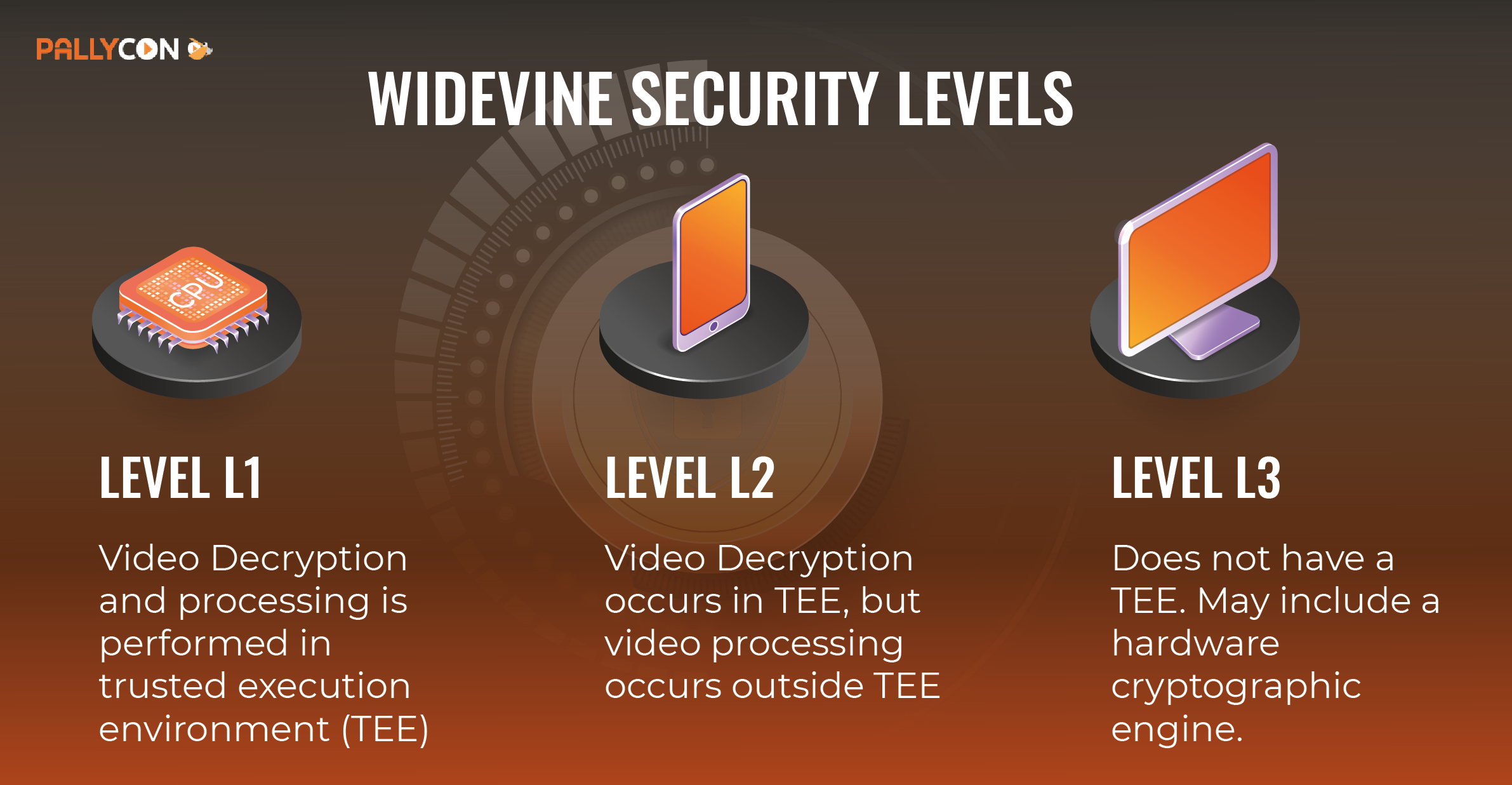A2A Protocol: The New Standard for AI Agent Communication

A2A Protocol: The New Standard for AI Agent Communication
In the rapidly evolving world of Artificial Intelligence, the need for seamless communication between AI agents is becoming increasingly critical. Enter the A2A (Agent2Agent) Protocol, a new open standard designed to facilitate collaboration and interoperability among AI agents, regardless of their underlying frameworks or vendors.

A Deeper Look into the Functioning of AI Agents
What is the A2A Protocol?
The A2A Protocol, spearheaded by Google, is an open-source protocol that enables AI agents to communicate with each other. It aims to solve the challenges of collaboration in multi-agent systems, allowing agents from different developers and platforms to interact and coordinate effectively. This is crucial for building more complex and capable AI systems that can tackle real-world problems.
Key Features and Benefits
- Interoperability: A2A allows agents built on different frameworks (e.g., TensorFlow, PyTorch) to communicate seamlessly.
- Standardization: By providing a common communication language, A2A promotes consistency and reduces the complexity of integrating different AI systems.
- Flexibility: The protocol is designed to be adaptable to various use cases and agent architectures.
- Open Source: Being open source, A2A encourages community contributions and ensures transparency.
- Enhanced Collaboration: A2A facilitates the creation of collaborative AI systems where agents can work together to achieve common goals.
How Does it Work?
The A2A protocol defines a set of rules and conventions for agents to exchange messages. It covers aspects such as:
- Agent Discovery: How agents can find and identify each other.
- Message Routing: How messages are directed to the correct recipient agent.
- Protocol Compliance: Ensuring that agents adhere to the A2A standard for communication.
- Security: Mechanisms for secure communication between agents.
Recent updates to the A2A protocol include gRPC support, signed security cards, and enhanced integration with Google's Agent Development Kit (ADK), further improving its capabilities and security.
Potential Applications
The A2A protocol has the potential to revolutionize various fields by enabling more sophisticated AI systems. Some potential applications include:
- Robotics: Coordinating teams of robots to perform complex tasks in manufacturing, logistics, or exploration.
- Smart Cities: Enabling different smart city systems (e.g., traffic management, energy distribution) to communicate and optimize resource usage.
- Healthcare: Facilitating collaboration between AI-powered diagnostic tools and treatment planning systems.
- Finance: Improving fraud detection and risk management through coordinated analysis by multiple AI agents.
Key Takeaways
The A2A protocol represents a significant step forward in the development of collaborative AI systems. By providing a standardized way for AI agents to communicate, it unlocks new possibilities for creating more powerful and versatile AI solutions. As the AI landscape continues to evolve, the A2A protocol is poised to play a crucial role in shaping the future of AI collaboration.




